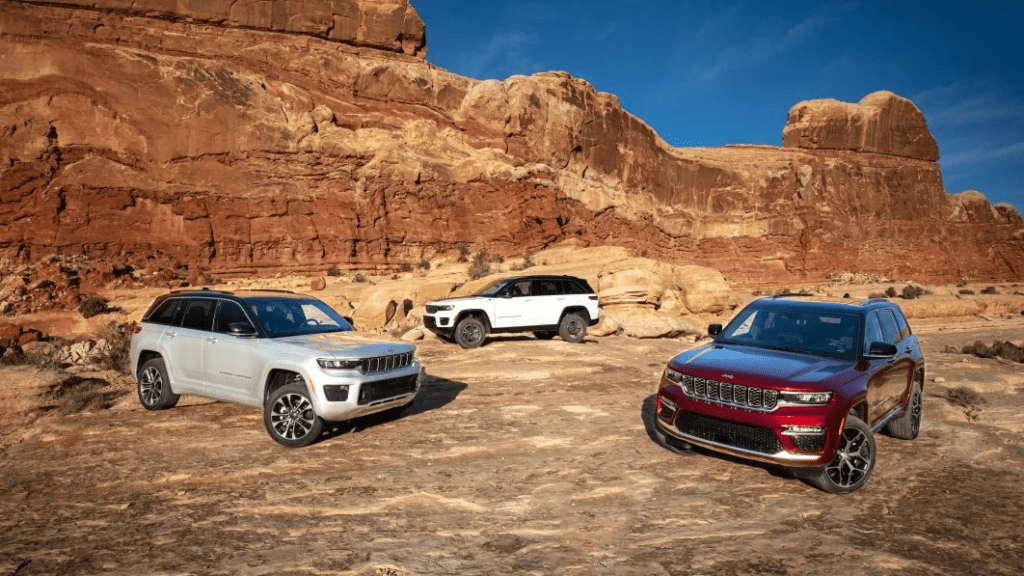Jeep's new CEO wants to restore U.S. market share after steep sales drop

Ten years ago, at the beginning of 2014, the late Sergio Marchionne said he wanted Jeep to sell a million units worldwide that year. Despite then-Jeep CEO Mike Manley downplaying the goal, the brand crossed the seven-figure mark in 2014 and remained there until 2022, largely on the strength of U.S. sales that peaked at 972,227 units in 2018. At the beginning of 2017, the brand planned to sell more than 2 million units by 2020 or so. That target is a longer way off now than it was seven years ago; the U.S. sales trend reversed after 2018, falling to 641,166 sales last year, which was 6% lower than the year before. Parent company Stellantis nominated Antonio Filosa to Jeep’s CEO suite as of last November, the former COO of Stellantis’ South American outpost replacing Christian Meunier and tasked with a sales rebound for America’s adventure brand. As part of a media roundtable after 90 days in the role, Filosa told outlets including Autoblog that, “We need to do something about market penetration and market share because it’s not where this brand deserves to be.”
Which is debatable. Our Jeep pricing posts regularly marvel at how expensive the rigs have gotten, especially heart and best-seller of the brand, the Grand Cherokee, and the soul of the brand, the Wrangler. But it’s true to say that Jeep’s U.S. market share is not where it could be, and Filosa is addressing that with a few measures.
First, lower prices or more content for the same price, Filosa saying, “we’re adding back value to 90% of our sales volume.” Jeep took anywhere from $2,000 to $4,000 off the price of the Grand Cherokee. The entry-level Laredo A trim was the only one to hold steady on MSRP, but the Laredo came down $2,000, making it just $440 more than the stripper special. A less extreme version of the same story happened with the Gladiator, the pickup dropping $1,700 off its purchase price, but both it and the Wrangler picked up what Jeep calls $3,000 in additional standard equipment, from the larger infotainment screen to airbags in the roll bar. Below the big boys, the Compass is now $2,500 less expensive, starting at $27,495 after destination.
After that, adopting the Mini philosophy of powertrain choice — something every automaker that wants to sell a lot more cars in the next five years is going to have to do. That means more PHEV penetration — the Wagoneer is expected to be next — alongside the long-planned battery-electric Wagoneer S and Recon. All three are due this year; additional powertrains given the green light in new models might take 18 months to arrive.
Then, more streamlined branding and more spending on marketing. Partly based on dealer feedback, the automaker is “converging Wagoneer back into Jeep.” The Wagoneer, Grand Wagoneer, and Wagoneer S barely feature Jeep branding. That will change with the Wagoneer S, many noticing the most recent teaser images included a Jeep logo on the hatch that wasn’t there in previous images.
With five new or updated models on the way over the next year, another change that should be felt by users is Jeep adding a production quality team that Filosa said would engage with leaders at the plants and work to incorporate customer concerns.



